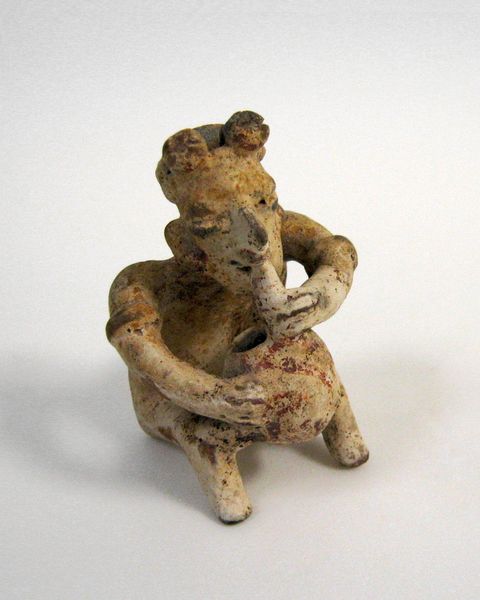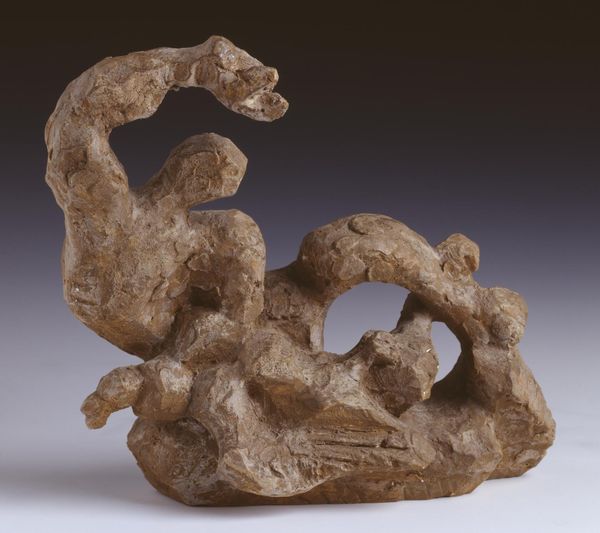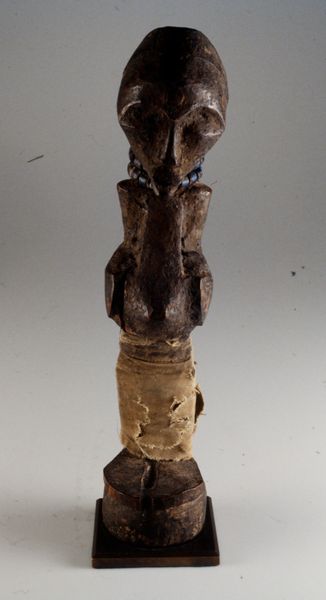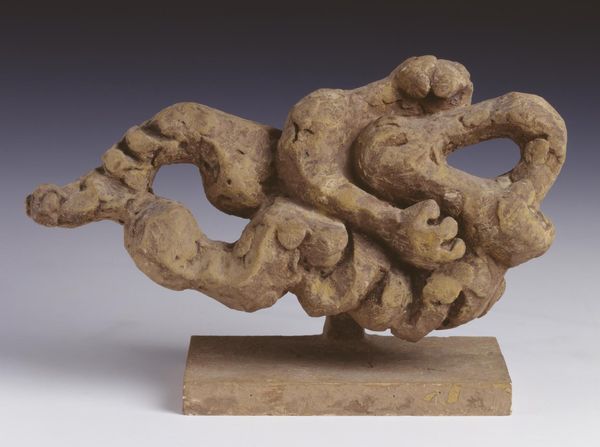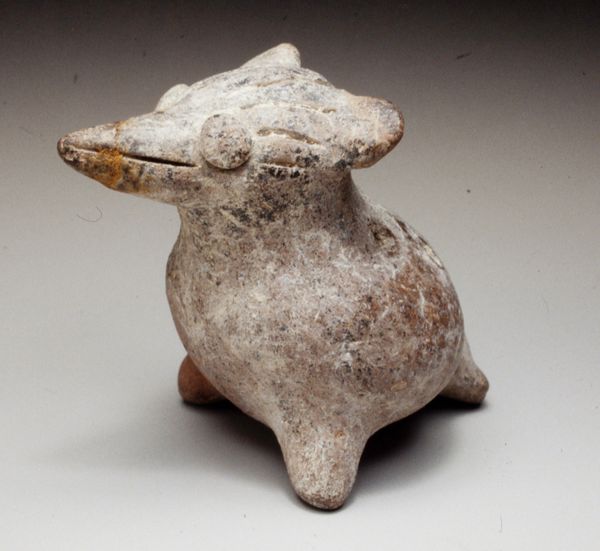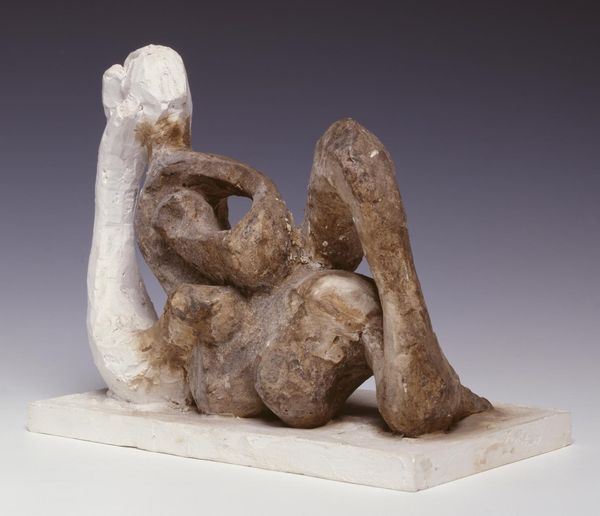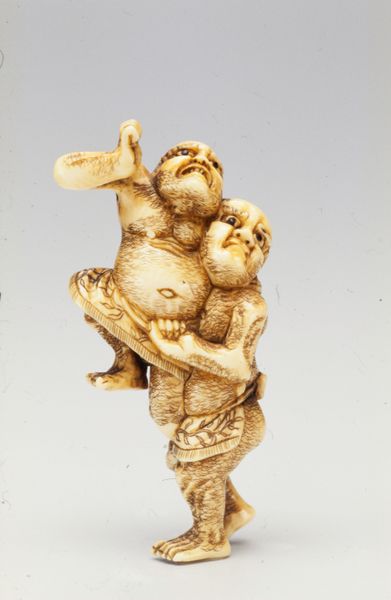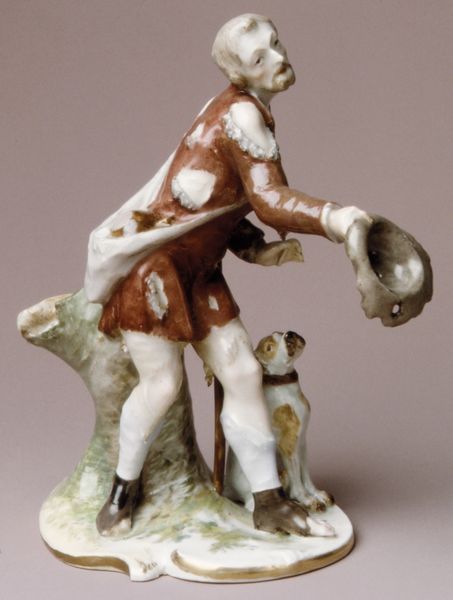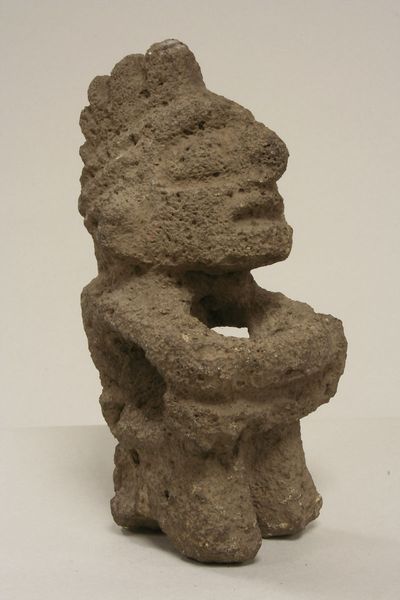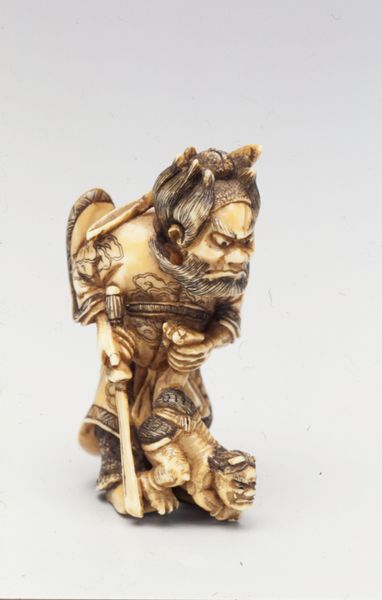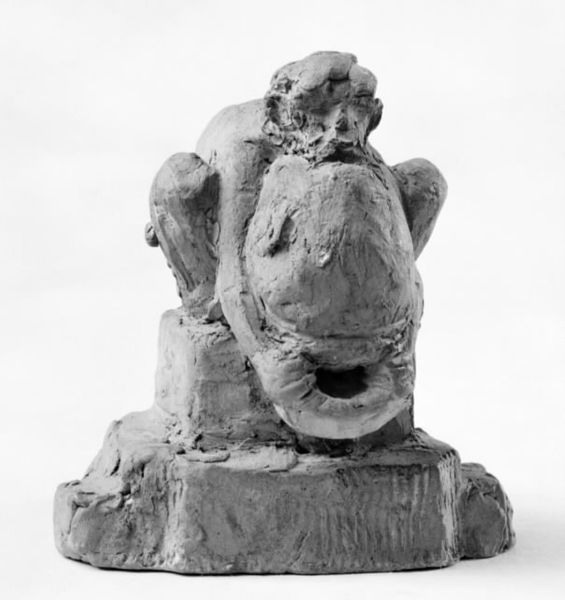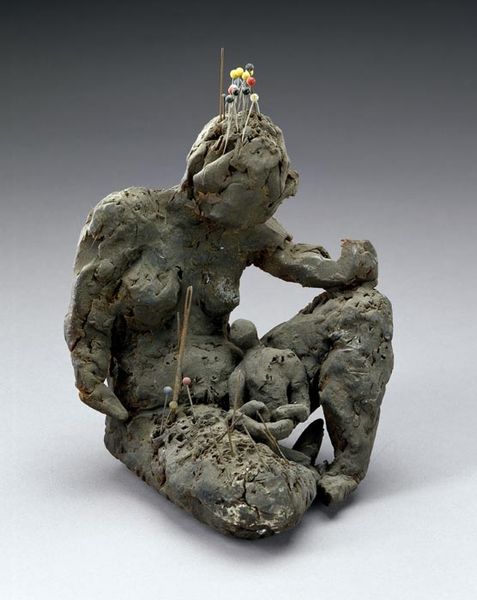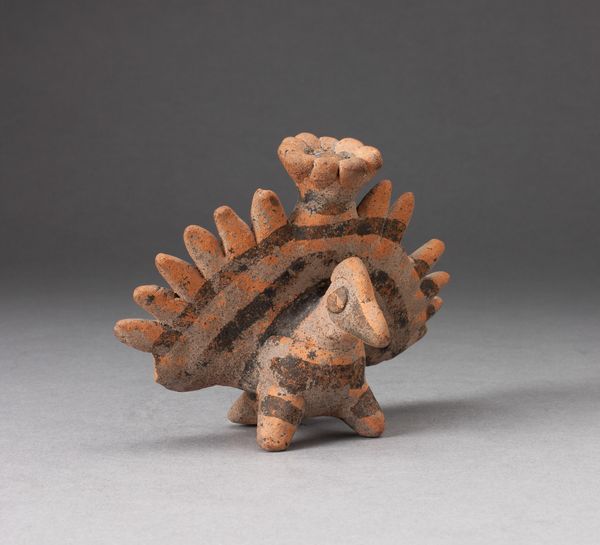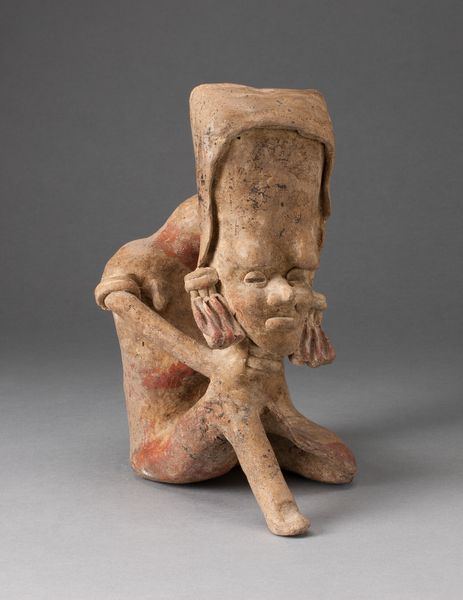
assemblage, found-object, sculpture
#
organic
#
assemblage
#
sculpture
#
found-object
#
sculpture
#
biomorphic
#
surrealism
Copyright: Eileen Agar,Fair Use
Editor: This intriguing assemblage, "Marine Object," was created in 1939 by Eileen Agar. It's currently housed here at the Tate Modern. I'm immediately struck by its odd sense of…ritual, perhaps? What stories do these carefully chosen objects tell, and what is it trying to communicate? Curator: It's an evocative piece. Consider the title, “Marine Object.” “Marine” conjures not only the ocean but also a vast, almost unknowable deepness, full of cultural associations and primordial symbolism. The word “object” however grounds that in the concrete. Do you see how Agar uses this tension between the tangible and intangible to her advantage? Editor: Absolutely. I see a starfish, a coiled form…possibly a shell, embedded in a rough-hewn, coral-like structure. What does that combination symbolize, though? Is it simply a celebration of nature, or is there something deeper at play? Curator: Agar, deeply involved with Surrealism, was interested in exploring the unconscious mind. These organic, biomorphic forms speak to life's origins and primal energies. Found objects like these aren’t merely decorative; they're loaded with pre-existing associations. How do you think the juxtaposition of these specific objects alters their individual meanings? Editor: I see it now. The starfish, typically associated with the sea, becomes almost…alien here. The coiled shell looks both ancient and strangely futuristic. Is she using these objects to create a sense of timelessness or some kind of universal narrative? Curator: Precisely. This assemblage could be read as a meditation on time, evolution, and the interconnectedness of all living things. By bringing these disparate elements together, Agar allows for a kind of dialogue, a silent but powerful conversation about our place in the world and our connection to the deep past. Editor: So it's less about what the objects *are* and more about what they *represent*. It has really changed my appreciation for it, by showing the layers that objects accumulate over time, in their symbolism.
Comments
No comments
Be the first to comment and join the conversation on the ultimate creative platform.
